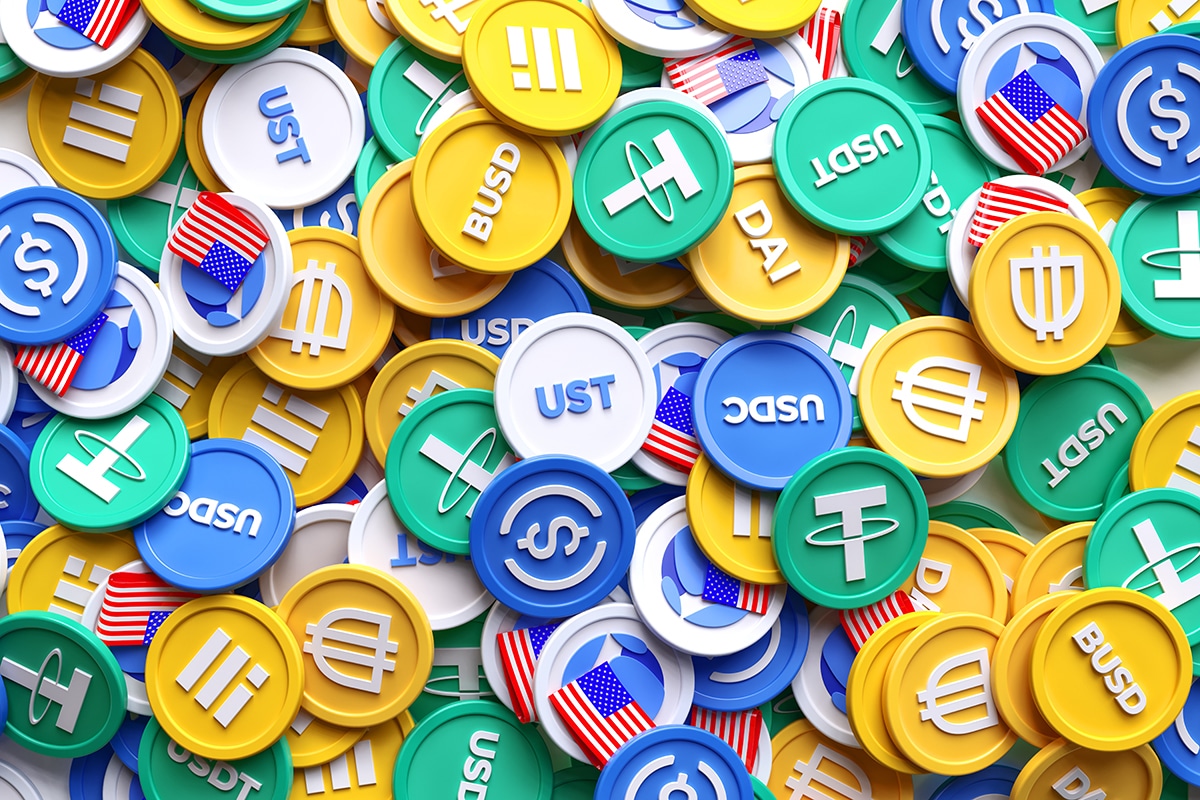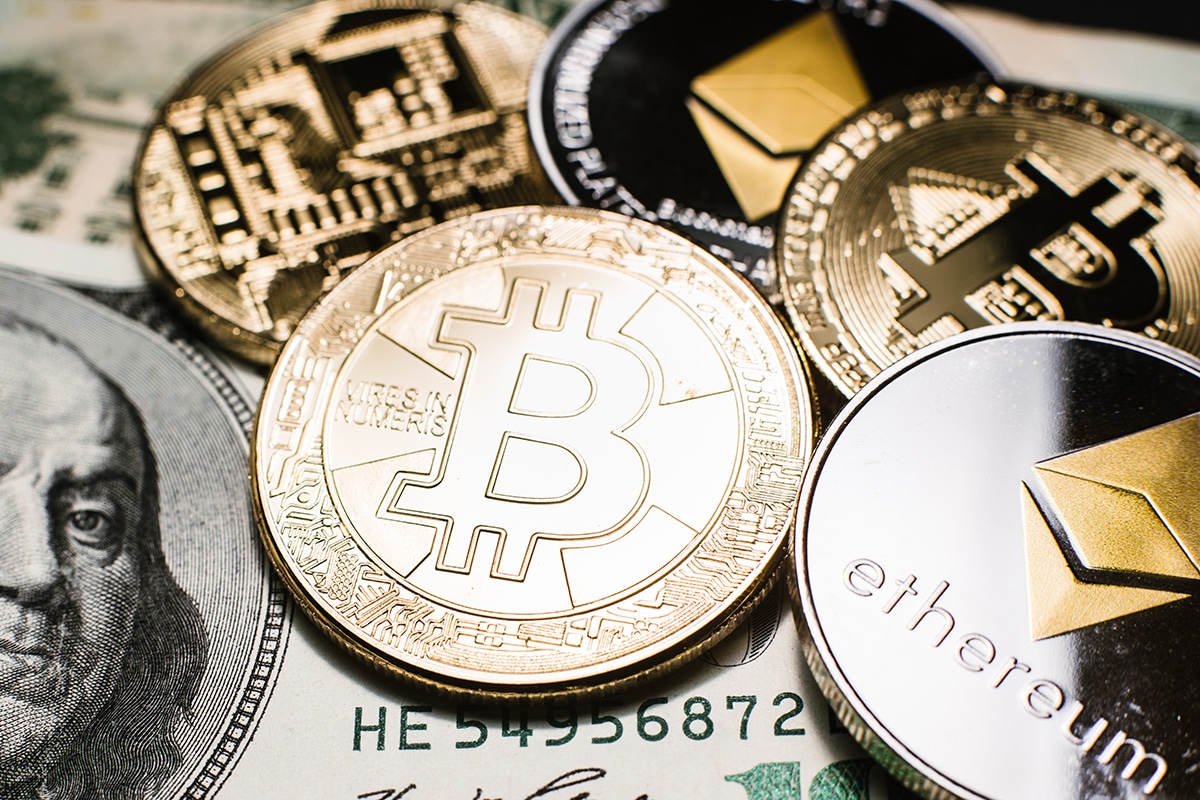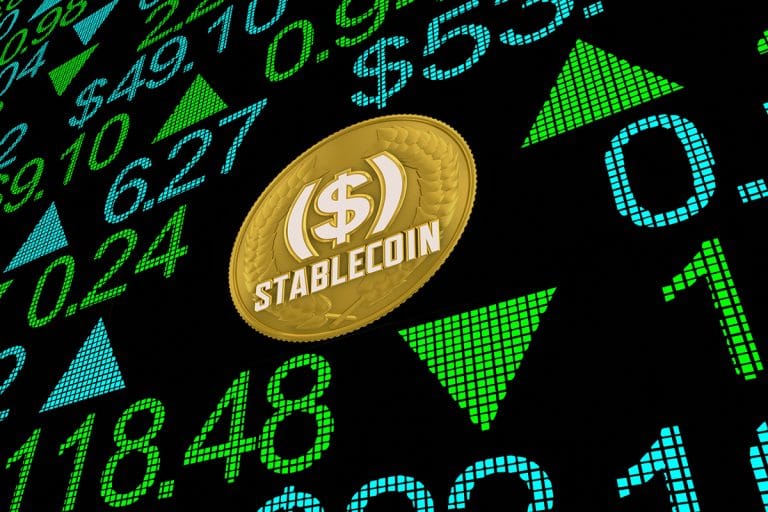With a current market capitalisation of a massive $172 billion, the stablecoin market is gaining intense traction across the globe, fast emerging as an alternative to dollar savings, especially in countries experiencing currency depreciation or inflation, while threatening to replace gold as a safe haven for wealth preservation, sector experts told Arabian Business.
Stablecoins also offer new possibilities for cross-border payments and asset management, improving efficiency and reducing costs, disrupting the business models of traditional banks and financial institutions.
The surging popularity of stablecoins – pegged as ‘digital dollar’ – however also spells a different concern with global regulations, including the US, European Union, Japan and some of the countries in the Middle East modifying and tightening rules for issuing and transaction of these tokens.
These are a type of cryptocurrency that are designed to maintain a stable value, often by pegging their value to a fiat currency, commodity or another cryptocurrency.
“With the growing popularity of decentralised finance (DeFi) platforms, more users are earning yields by depositing stablecoins into DeFi protocols, similar to fixed deposits or investments in traditional finance,” Gracy Chen, CEO of Bitget, a globally leading cryptocurrencies exchange, told Arabian Business.
“One of the key uses of stablecoins is to provide an alternative to dollar savings, especially in countries experiencing currency depreciation or inflation. In such cases, stablecoins serve as a safe haven for wealth preservation,” she said.
Chen said the global settlement volume of stablecoins, which reached $2.6 trillion in the first half of 2024, is expected to rise to $5.28 trillion by the end of the year.
Challenging the traditional cross-border payment market
Sector experts said stablecoins, due to their low transaction costs, fast settlement, and the lack of a need for bank accounts, can significantly enhance the efficiency of cross-border payments.
This is especially beneficial for residents in developing countries and remote areas, providing them with more opportunities to access foreign currencies.
Maksym Sakharov, Co-Founder of WeFi, said traditional banks often charge high fees and have cumbersome processes for foreign exchange, while using the digital asset for currency conversion is not only cheaper but also allows for rapid settlement.
“The stablecoin market is gaining intense traction across the globe as it offers a faster, cheaper, and relatively more convenient cross-border payment model than some traditional financial alternatives,” Sakharov told Arabian Business.

“The more than $172 billion market capitalisation of stablecoins is evidence of their fast growth and relevance,” said the top honcho of WeFi, a leading global player providing decentralised money market protocol that offers investment loan options in the digital money market.
Sakharov said stablecoins are particularly popular in countries like Hong Kong, where it accounted for about 40 per cent of the total funds received in the region among retail traders.
“Overall, users have had to resort to OTC (over-the-counter) platforms as accessing the token is fairly difficult as per current regulations.
“This strict regulation marks another avenue authorities have chosen to protect the financial ecosystem, Sakharov said.
Market surge also raises regulatory concern
Industry experts, however, said the stablecoin market still faces several risks and challenges, such as transparency of reserves, counterparty risk, compliance with anti-money laundering (AML) and know-your-customer (KYC) requirements, as well as consumer protection, raising the need for increased regulatory oversight for the market.
The surge in widespread use of the digital asset, they said, may reinforce trends like “dollarisation” or “crypto-assetisation” of economies, where residents increasingly use stablecoins instead of their national currencies.
“This could weaken some central banks’ ability to effectively execute monetary policy and increase financial stability risks,” the chief executive of Bitget said, adding that regulators are working to address these issues by strengthening oversight to ensure financial stability and protect consumer rights.
“The cross-border nature of stablecoins also presents regulatory challenges.
“Variations in regulatory policies across countries and regions could affect the flow and use of stablecoins across borders,” Chen said.

US, EU among major countries tightening regulatory norms for stablecoins
Maruf Yusupov, Co-Founder of Deenar, which is a leading provider of gold-backed stablecoins, said stablecoin adoption is concentrated in regions where fiat currencies are constantly devalued with high inflation rates.
Yusupov said in most emerging markets, the digital asset are gradually replacing fiat because of lower barriers to entry, low cost, and ease of use.
“If the current adoption trend is sustained, the asset might fuel lower patronage to traditional banks as we have it today,” he said, adding that “The more stablecoins grow, the more oversight their issuers and users must expect.”
Yusupov said central banks will do what they can to limit the impact of the digital asset on fiat dominance.
“Also, new scam models might arise due to the growth in stablecoin usage globally.
While innovators are fixated on the revolutionary tendencies of stablecoins, preparation for headwinds must go hand in hand,” he said.
Industry experts said some of the major countries, including the US, European Union, and Japan are tightening the rules of the road for stablecoins.
In the EU, for instance, the Markets in Crypto Asset (MiCA) regulation sees stablecoins regulated as either financial instruments or electronic money.
This distinction is brought in to prevent direct competition with the Euro, a strategy to preserve the value of these fiat currencies, Sakharov said.
One basic requirement under the MiCA rule is that issuers are to maintain adequate reserve for their tokens, a provision to ensure that the liquidity helps hedge against risk that can disrupt the stablecoin operation and the broader financial ecosystem.
The WeFi co-founder said other countries also have specific requirements for the digital asset issuers, redefining how innovation can impact the financial market.
Hong Kong, which posted a 8.5 per cent jump in crypto activity in 2023, introduced a functional framework, making it now mandatory for virtual asset trading platforms to release products under the provisions of the law.







